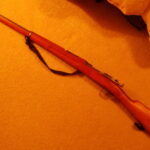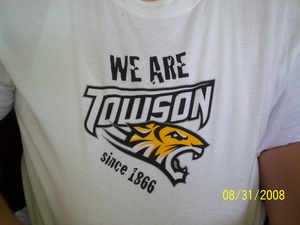At a recent gathering of the senior members of the congregation I attend, the speaker was an amateur expert on the dala horse. According to Wikipedia, the dala horse is the “traditional wooden statuette of a horse originating in the Swedish province of Dalarna,” from which the name of the horse is derived. Once a toy for children, the dala horse is a symbol, sometimes for the province of Dalarna and sometimes for all of Sweden. The horse has become a popular collectible item for many people, including the woman who spoke to our seniors group.
The speaker told us a story of when the dala horse became the unofficial symbol for Sweden. When Swedish officials were trying to determine what to put outside their pavilion at 1939 New York World’s Fair, the popular choice of the people was the dala horse. Many upper class people were offended by the choice, because the dala horse was associated with the lower class and poor people. The people’s choice, however, prevailed, and a large dala horse was constructed outside the Swedish Pavilion. It turned out to be one of the most popular symbols at the World’s Fair. Based on a picture the speaker had, the top of the horse’s head reached approximately nine or ten feet. Fair visitors-especially children-liked to have their pictures taken sitting on the horse.
How long have dala horses been around? The speaker said that the tradition of the dala horse probably started as early as the year 1200 and is rooted in the geography and economics of Sweden. During the farming months, the men would sow, tend, and harvest their crops. During the winter, many of the farmers would move from home to logging areas, leaving their families on the farm. During those months of separation, the men would spend their leisure hours reading, drinking, and carving toys for their children. A popular subject for the toys was a stylized horse called a dala horse. Farmers staying at home on the farm also spent the evening hours carving the toys for their children. Another source of the toys was the Swedish army. Often billeted in civilian homes, the soldiers would carve the horses as a way of paying for staying in the private homes.
Traditionally, the dala horse is bright red with other details and the harness in white, green, yellow, and blue. Different locales, however, paint their horses in colors other than red: for example, blue, yellow, or grey. According to Wikipedia, the shape of the horse may come from the clock industry in the area, where the horses were made from the cutoff corners left from making round clock faces.
Machines have now become part of the production, but the colors and patterns remain largely the same for a particular region.
According to Wikipedia, the world’s largest dala horse is about 42.5 feet high and is made of concrete. It is located in Avesta Municipality, Sweden. Interestingly, there is a giant statue of a dala horse located at Minot, North Dakota.
Sources:
en.wikipedia.org/wiki/Dalecarlian_horse
For several pictures of dala horses, see images.google.com/images
For pictures of the Minot, North Dakota dala horse, see www.realnd.com/minotdalahorsephoto1.htm



